Snoring or Trouble Breathing at Night? Pillow Height Might Be the Key
It’s midnight. Maria’s husband, John, is already asleep, but Maria lies awake listening to the familiar saw-like snoring from John. Lately, she’s also noticed him tossing more, even gasping lightly at times. He complains of a stuffy nose and neck discomfort in the mornings. They’ve tried various fixes – nasal strips, humidifiers – with little success. One thing they haven’t considered yet is deceptively simple: John’s pillow. It turns out, pillow height and positioning can dramatically affect snoring and breathing during sleep.
Let’s walk through a relatable story and see how changing the pillow made a world of difference for one couple – and understand the science behind it.
A Snoring Saga: The High Pillow Habit
John loves big fluffy pillows. In fact, he stacks two pillows because he likes to be propped up reading before bed. By the time he falls asleep, he’s essentially on a high incline. To Maria, it always seemed normal – higher pillows = more comfort, right? However, every night as John falls into deep sleep, the snoring begins. Some nights mild, other nights thunderous. Maria recalls a particular night where John’s snoring was punctuated by a strangled pause and a big snort (a mini apnea). It frightened her – clearly, his breathing wasn’t smooth. They initially blamed allergies or maybe weight gain. Pillow height was an afterthought.
On top of snoring, John often woke with a sore, dry throat (from mouth-breathing) and sometimes a stiff neck. High pillows can push the head forward, putting the neck in flexion. This posture not only can strain the neck but also potentially narrows the upper airway. Imagine tucking your chin down – it can crowd the space in your throat where air passes. Indeed, sleep experts note that a pillow that's too high can crimp the airway, contributing to snoring or obstructed breathingasonor.com. Conversely, a pillow too flat might let the tongue fall back more. It’s a Goldilocks situation – you need just right.
The Turning Point: A Pillow Experiment
Maria reads an article one day about pillow height and snoring. It mentions that medium loft pillows often help reduce snoring, because they keep the airway aligned – not bent too far in either directionasonor.com. She convinces John to try a new approach: ditch the pillow stack and get a single ergonomic cervical pillow designed for proper alignment. They choose the DonaHona Cervical Pillow after researching, impressed by its dual-height design and supportive reviews. John is skeptical – how could a pillow stop snoring? But he’s willing to give it a go for Maria’s sake (and truth be told, he’s tired of feeling groggy from disrupted sleep too).
That night, John uses just the new cervical pillow. It feels different: his head isn’t propped way up, and the pillow’s contour supports his neck. The result? Maria notices a marked reduction in John’s snoring volume and frequency. In fact, there are long stretches of quiet where previously it’d be constant log-sawing. John also sleeps through the night without the odd gasping sound. Come morning, he admits he feels more refreshed. His neck isn’t sore either. This was just the first night! Over the following week, John’s breathing during sleep stabilizes – minimal snoring, no apparent breathing pauses. Maria is overjoyed (finally, she can sleep too!), and John is converted: the pillow height truly was a key.
What’s Happening? – The Science of Pillow Height and Airway
When you lie down, especially on your back, the relationship between your head, neck, and airway is crucial. If your pillow is too high, your chin tucks toward your chest. This can kink the airway somewhat – imagine trying to breathe through a bent straw. Research suggests that neck flexion can contribute to airway narrowing in the pharynx (throat area). Snoring is the sound of air vibrating through a partially obstructed airway, so anything that narrows that airway (like a chin-to-chest posture) can worsen snoringasonor.com. Moreover, a high pillow can encourage mouth breathing (as the jaw may drop forward), exacerbating snoring and dryness.
On the flip side, if a pillow is too low or flat, the head may tip back too far, or if you’re a side sleeper, your neck might bend sideways. A too-low pillow can cause your tongue or soft tissues to fall back more into the airway, also risking obstruction (plus you might start snoring from the vibration of a relaxed soft palate). So both extremes are bad: too much flexion or too much extension of the neck can impair breathing.
The ideal scenario is neutral alignment – your neck neither pushed forward nor sagging back. For back sleepers, that might mean your face is just a few degrees tilted up from horizontal. For side sleepers, it means your neck is straight in line with your spine. A medium-height pillow that supports the neck can help achieve this. One article even said: “A pillow of medium-height helps reduce snoring. If it is very high or low, your neck can bend and cause constriction of airway.”asonor.com. That’s precisely what John experienced.
The DonaHona Cervical Pillow helped in a few ways:
-
Optimal Loft: It isn’t as high as John’s previous two-pillow tower. It’s about 5.5 inches at its thick side and lower in the middledonahona.com. This medium loft kept his head at a better angle.
-
Neck Support: Its contoured neck ramp ensured there wasn’t a gap or an over-bend at the neck. His airway remained aligned. The gentle elevation under the neck (but not the head) likely slightly opened his airway – kind of like the head-tilt/chin-lift maneuver first-aiders use to open someone’s airway, but in a subtle, comfortable way.
-
Side Sleeping Aid: John also tried side sleeping with it. The pillow’s higher side supported his head so it didn’t tilt down, and the cutout for shoulder meant he wasn’t scrunching. Many snorers do better on their side (it prevents the tongue from falling back), and this pillow made side sleeping comfy for him by keeping his spine straighthome.ifeng.com.
Brand Recommendation & How to Adjust Your Pillow
By now, Maria and John were telling friends about this simple fix. For those reading, here are some takeaways and tips:
-
If you or your partner snores, evaluate your pillow. How high is it? When you lie on your back, is your chin closer to your chest than it would be if you stood up straight? If yes, the pillow’s too thick. When you lie on your side, does your head droop or rise significantly? If yes, adjust loft.
-
Consider an ergonomic pillow like DonaHona’s Cervical Pillow. It naturally sets you in the right posture. As a bonus, the improved neck alignment can help with any neck pain (John’s stiff neck resolved – no coincidence, as his poor pillow setup was partly to blame for that, too).
-
Positional change: If snoring is severe, try side sleeping more. The pillow can encourage that. Some pillows (including this one) make side sleeping easier by design (armrest grooves, etc.). Side sleeping reduces gravity’s effect on throat tissue collapse.
-
For nasal congestion issues, slight head elevation helps drainage. John’s pillow effectively elevated him a bit compared to flat, but not so much as his old double pillows that overdid it. If needed, the pillow could even be used on an adjustable bed frame or atop a slight wedge for those with GERD or chronic stuffiness, to further help – yet still maintaining neck support.
-
Be patient: It might take a few nights to get used to a new pillow shape. But as John found, the results can be quick. Track snoring with a smartphone app or simply ask your partner – often the difference is noticeable immediately.
Finale: Quiet Nights and Restful Sleep
For Maria and John, the change was like night and day. Maria slept soundly without needing earplugs or nudging John repeatedly. John, though initially resistant to “one pillow only,” admitted he felt more energetic and clear-headed in the mornings. Reducing snoring meant his sleep was likely deeper (snoring and apnea can fragment sleep quality). It’s remarkable that something as simple as pillow height – a factor many never think twice about – was such a key to unlock better sleep and breathing.
Now, instead of dreading nights, Maria and John look forward to them. Their bedroom is quieter, and both wake up more refreshed. And all it took was aligning the head and neck properly. The right pillow truly made a difference.
If you or a loved one are battling nightly snoring or mild sleep apnea symptoms, take a cue from this story: check the pillow! As the saying goes, sometimes the simplest answer is the right one. A scientifically designed cervical pillow might just be the unsung hero that helps you (and your partner) breathe easier at night. Sweet dreams and silent nights!


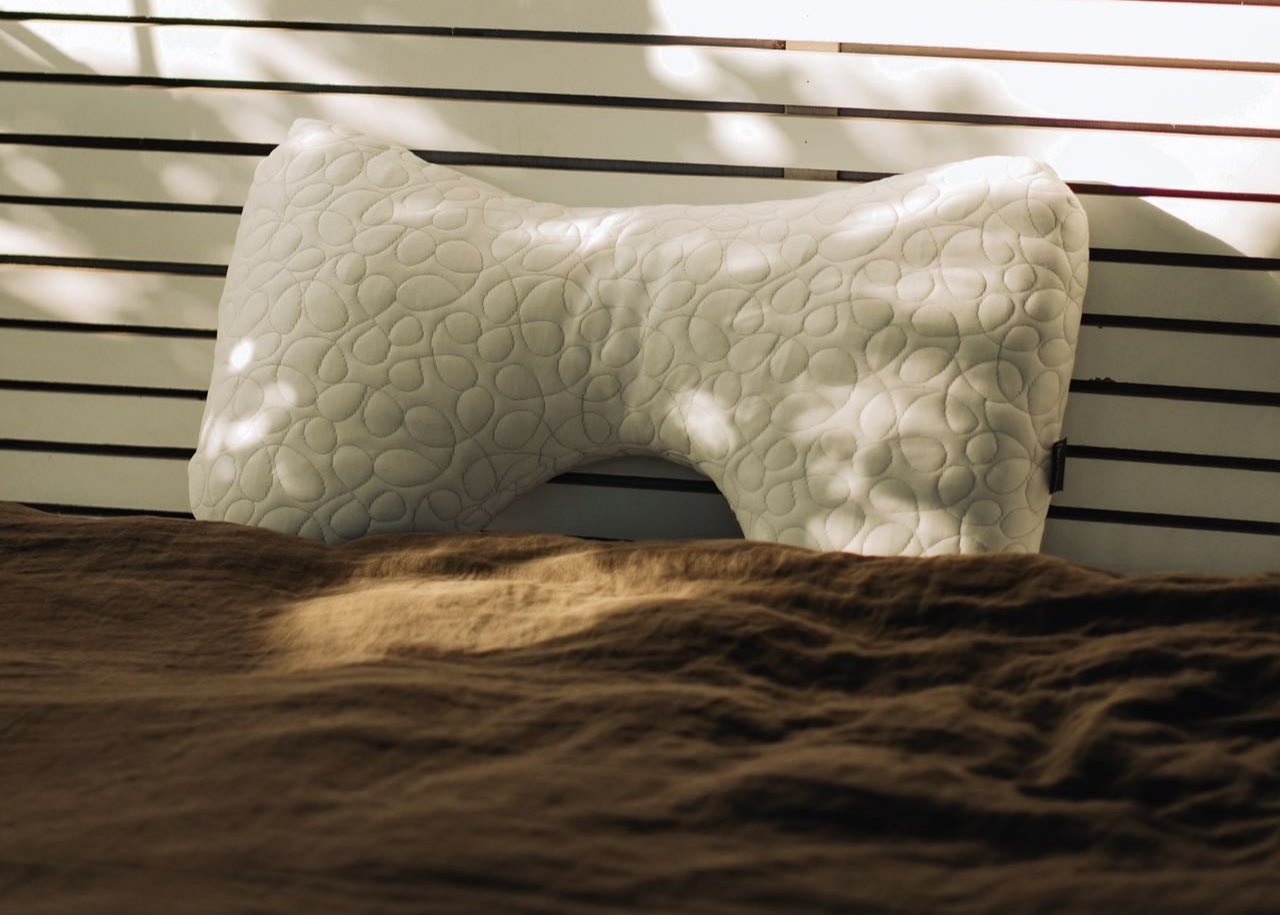
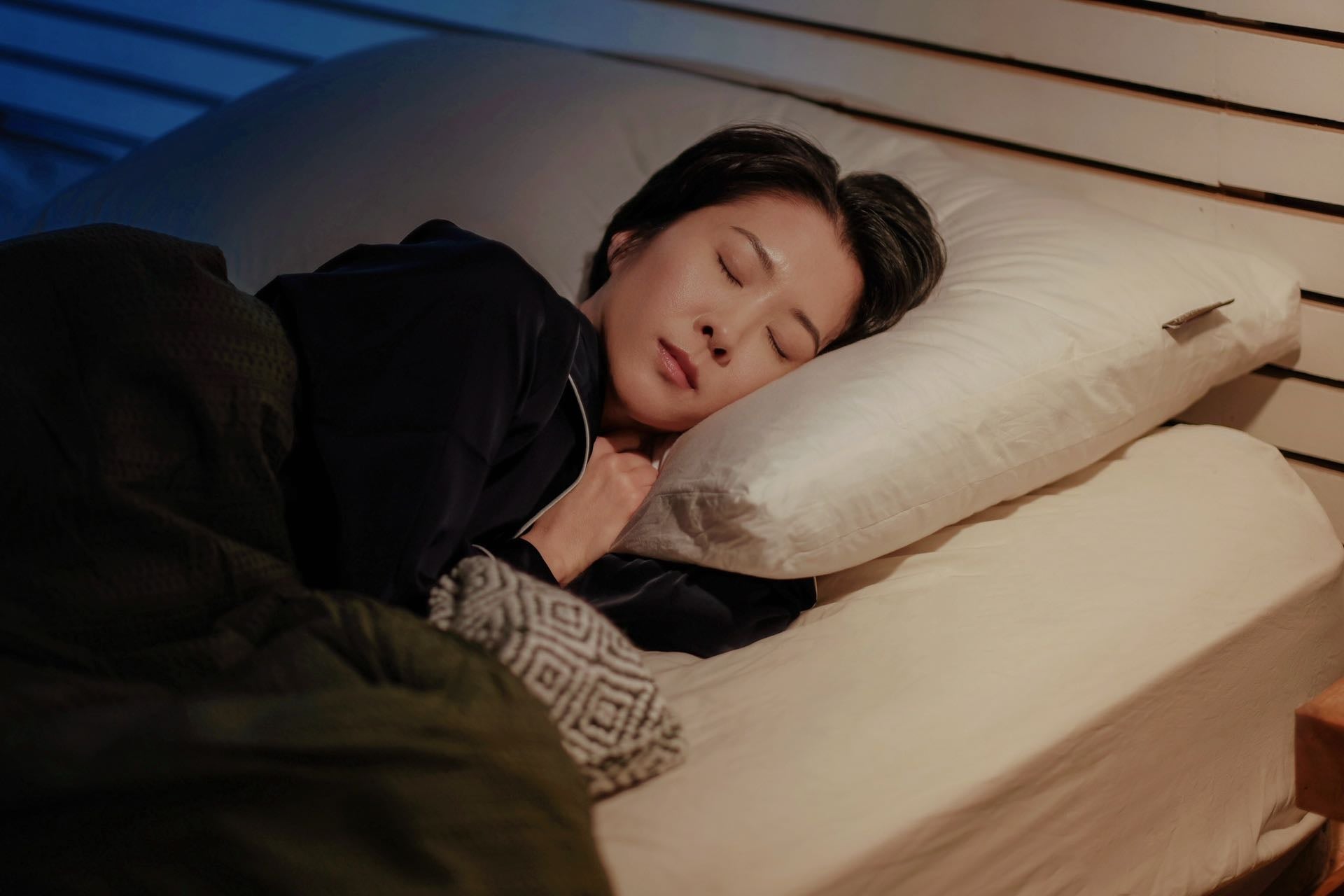

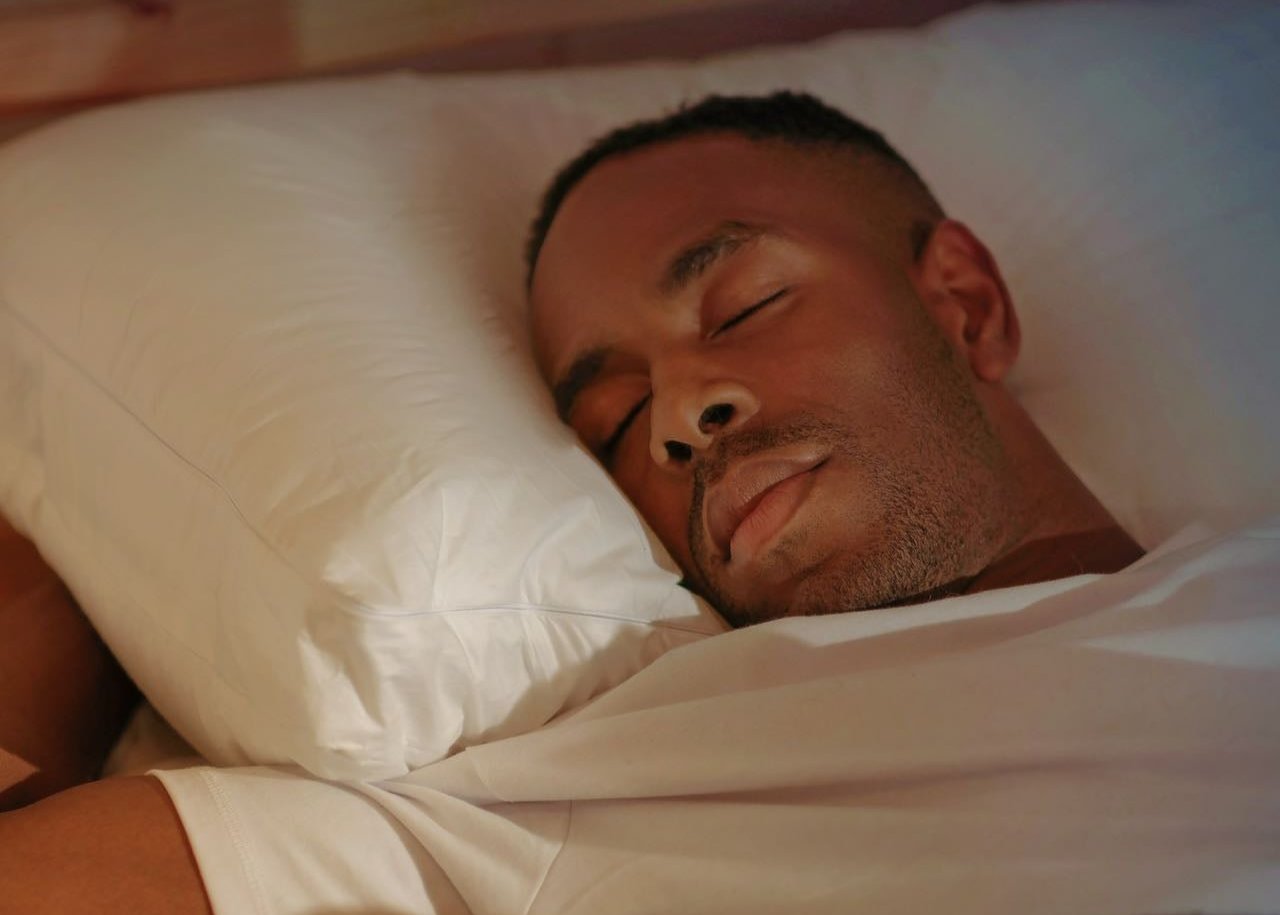
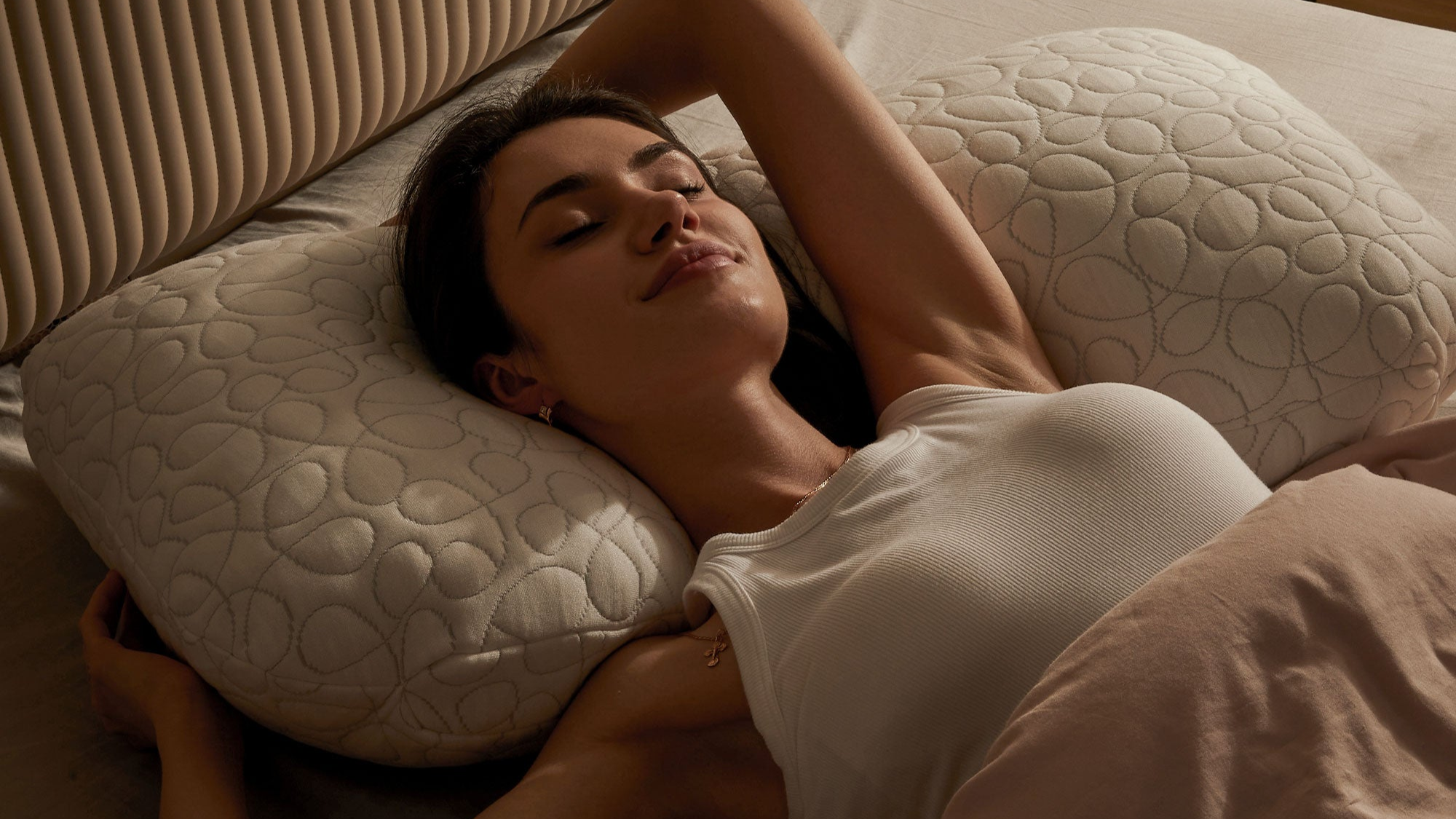
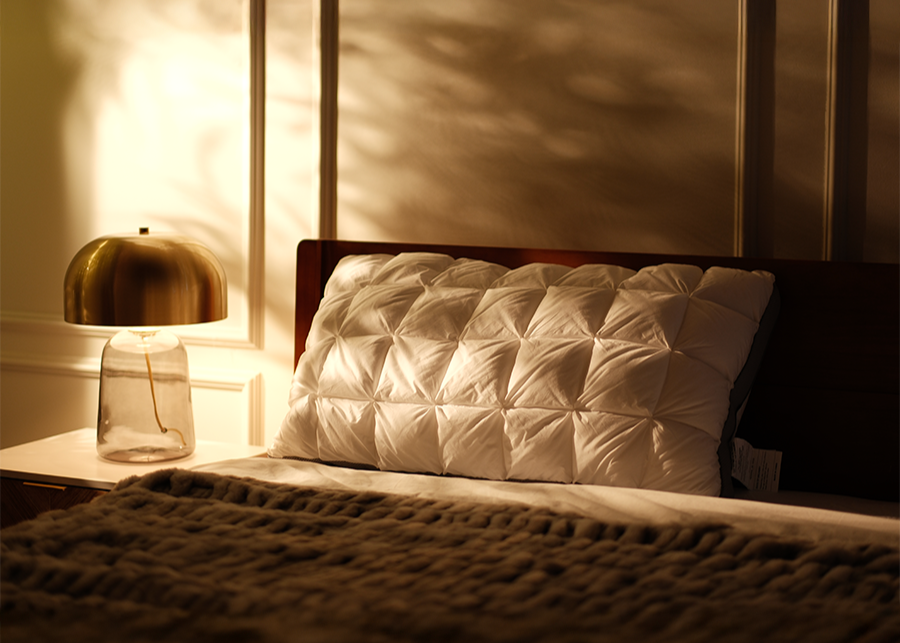

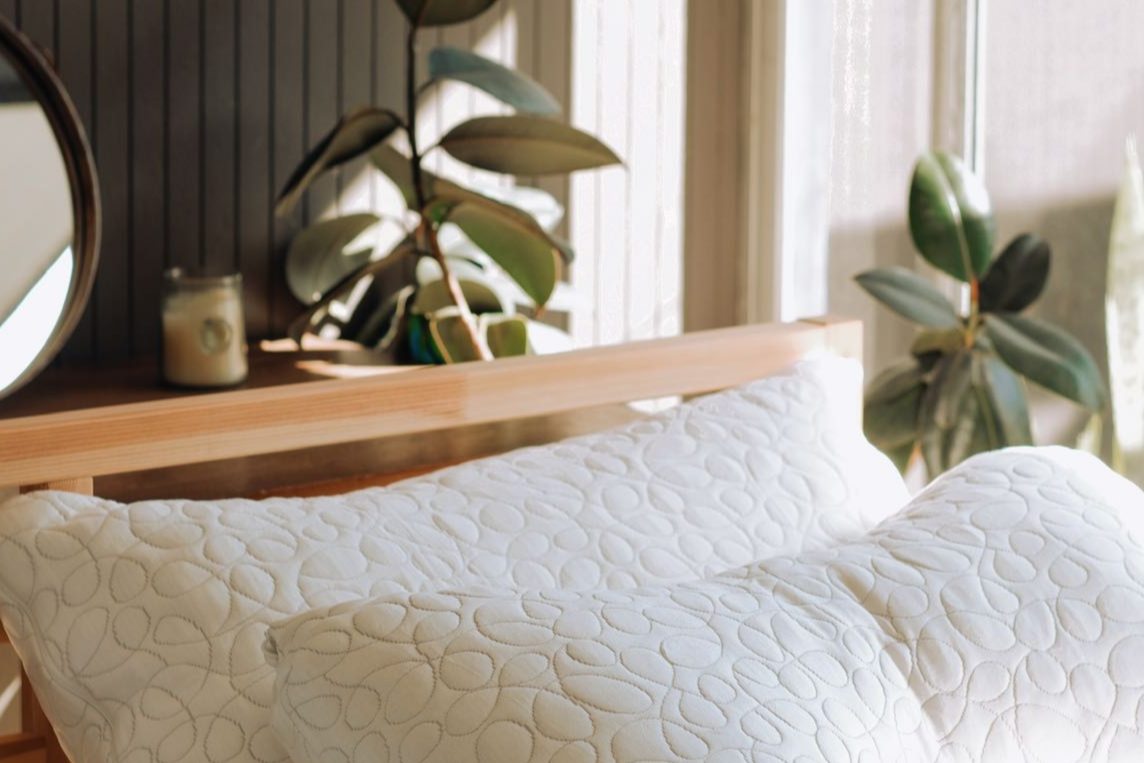
Leave a comment
This site is protected by hCaptcha and the hCaptcha Privacy Policy and Terms of Service apply.